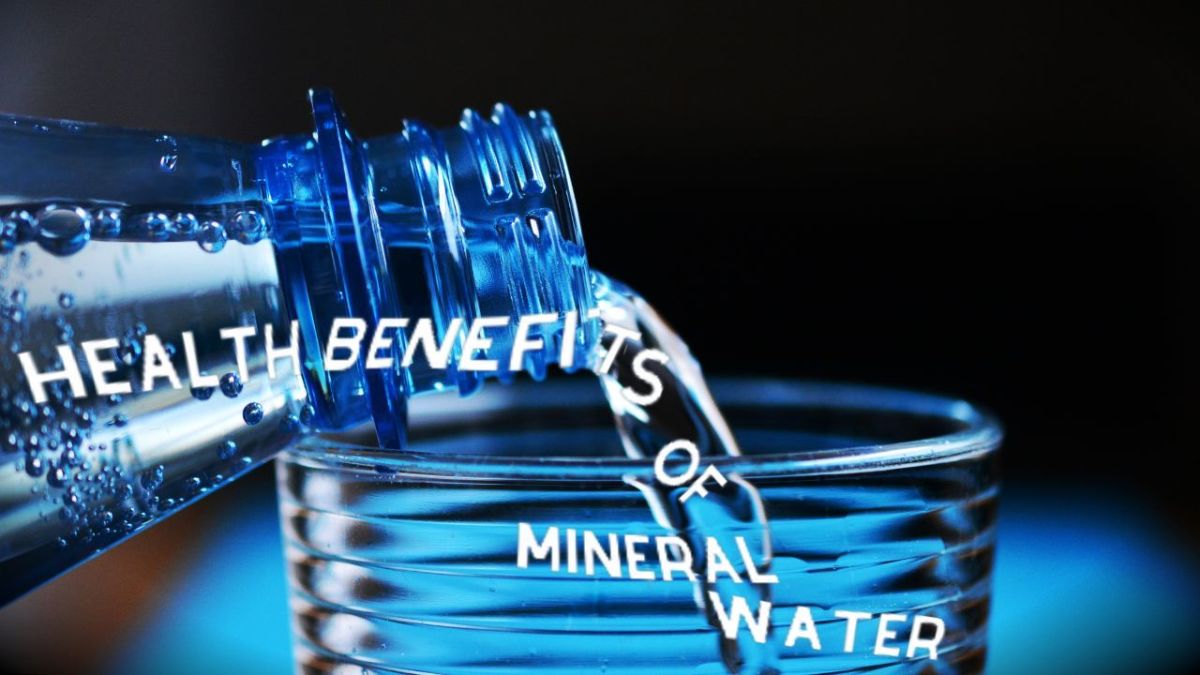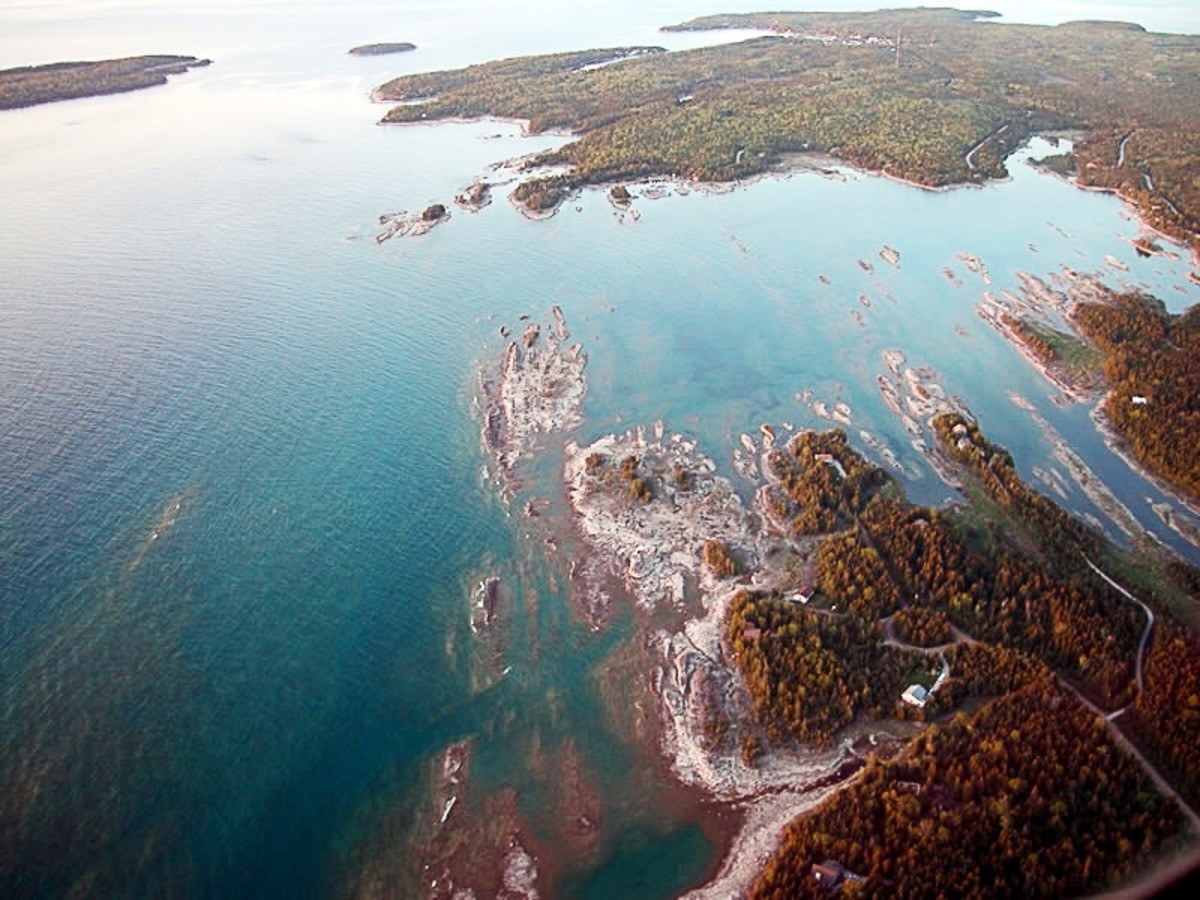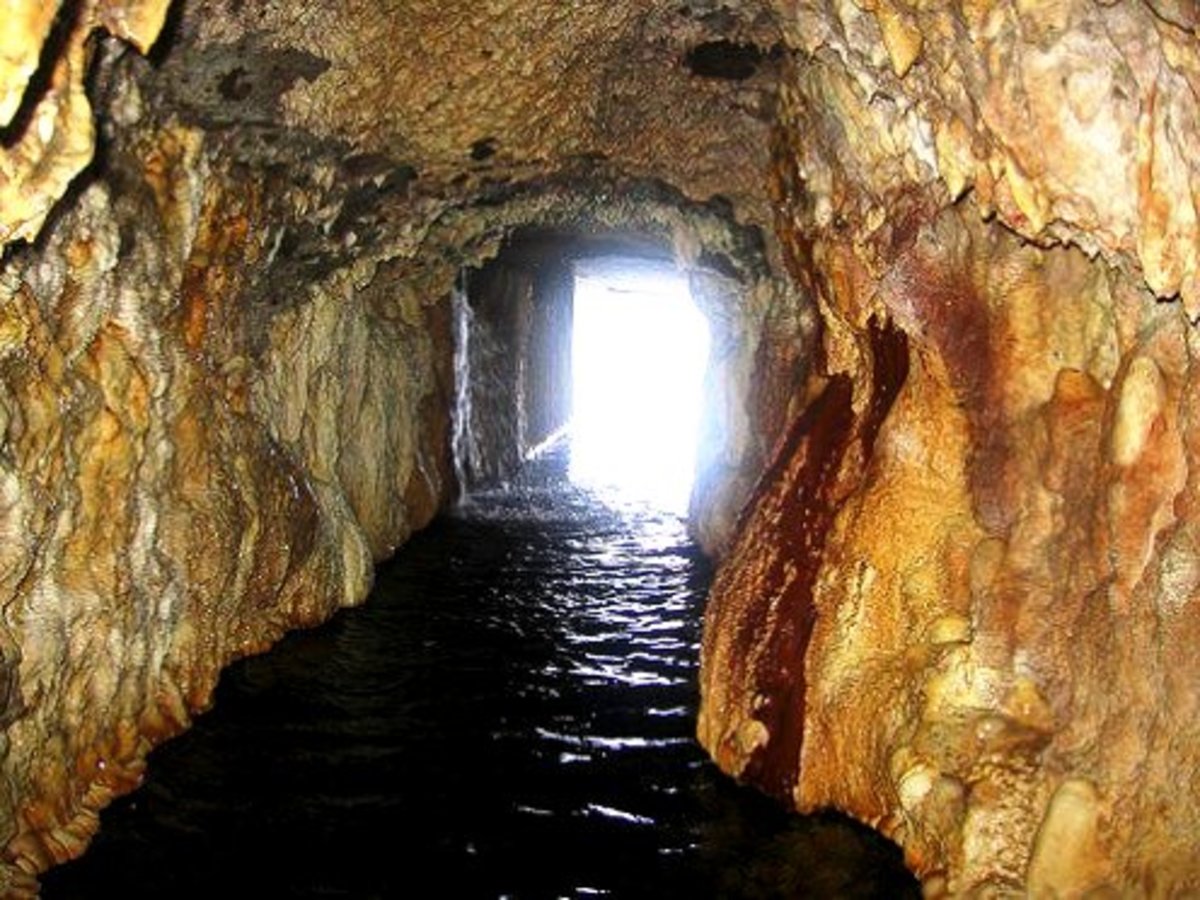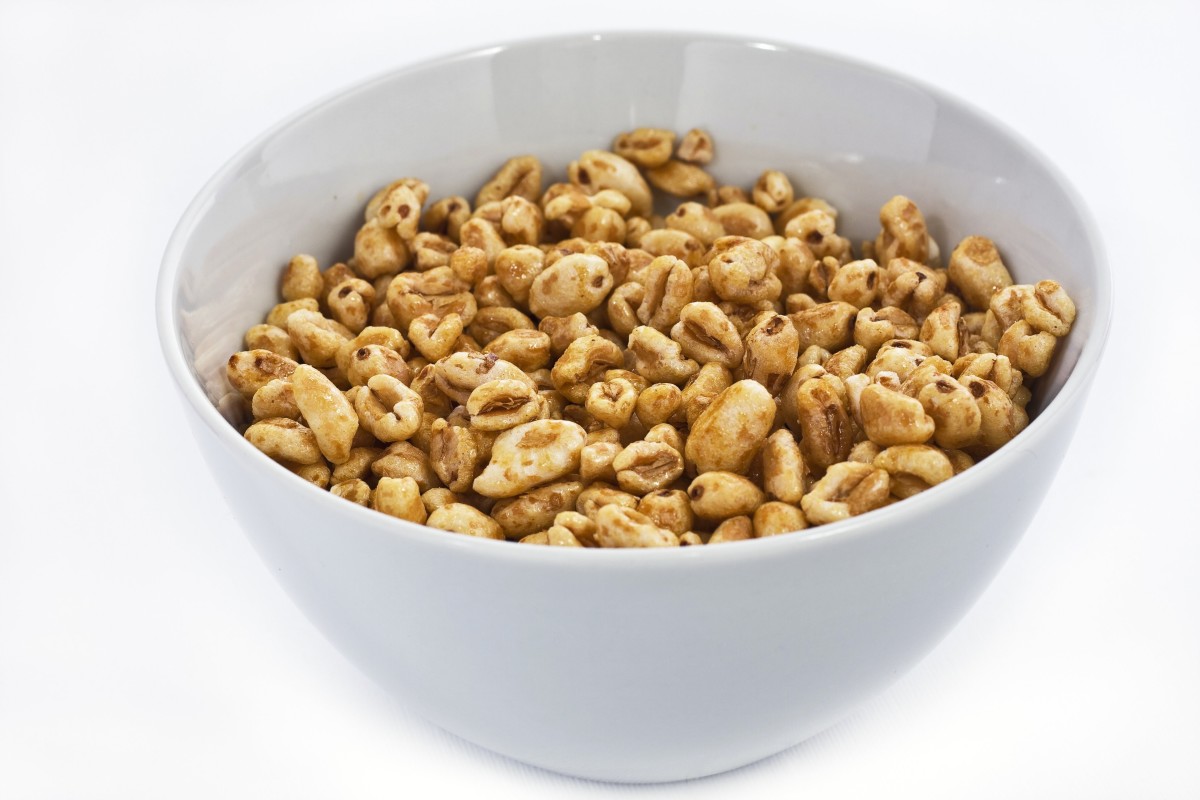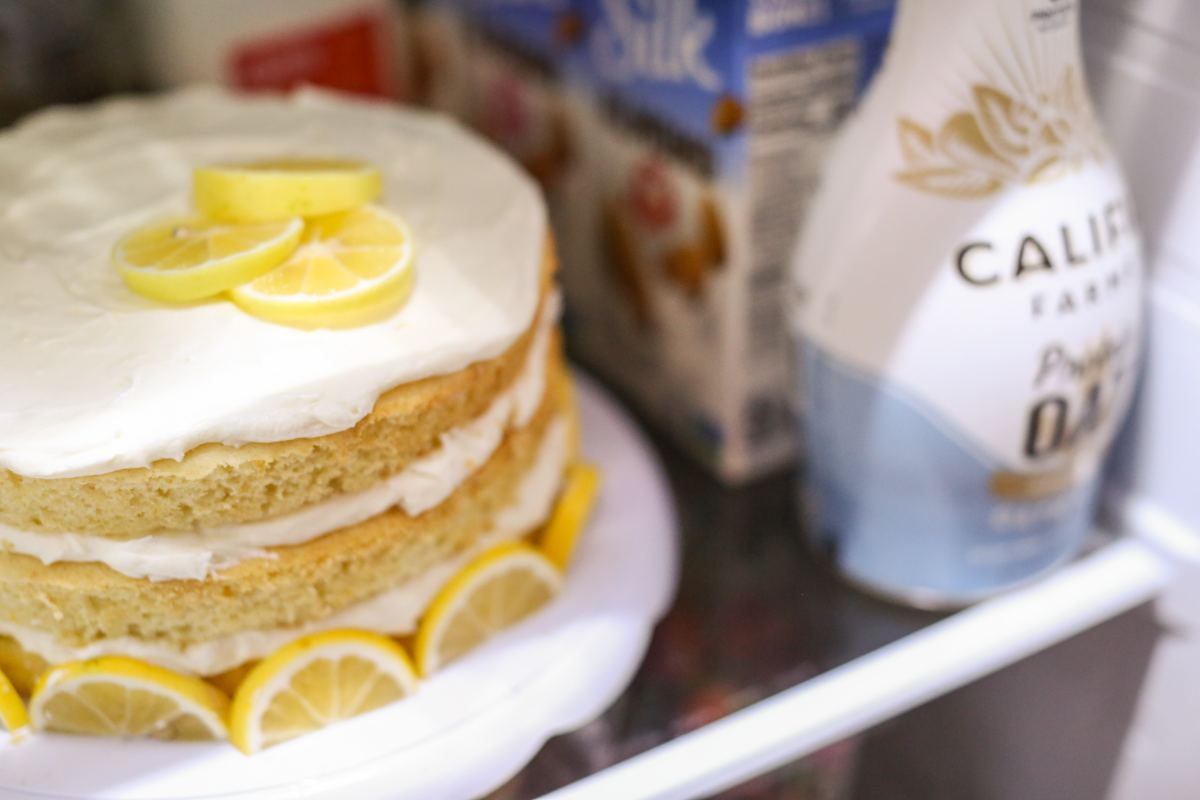What's In A Bottle - A Guide to Consumption of Bottled Water
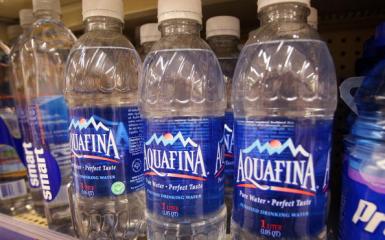
To Drink or Not to Drink ?
This hub will serve as a guide to consumption of bottled water, the various chemical agents added and the precautions people should take when deciding on a particular brand of manufacturer. If you're honest to yourself, you will probably realize that you were not fully aware of the contents of the bottled/mineral water you last consumed or the reason why those chemicals/preservatives were added in the first place.

The General Makeup of Bottled/Mineral Water
If you look at the government-mandated ingredients label of a typical bottled water, you'll find a long list mineral chemicals, often in trace quantities, added to for either their perceived health benefits or to lengthen the product shelf-life. Mineral water contains certain chemical agents that are present naturally or added artificially. Many mineral water brands contain carbonates from natural processes and are usually limited to 250 parts per million (ppm) to be considered 'safe'. Metal chemical compounds generally found in bottled water include calcium, magnesium, sodium, potassium, chloride sulfates, fluorides and nitrates.
If you're wondering how the trace chemical compounds are evaluated in bottled water, a standard 1 liter of that water is evaporated and the remaining residue is analyzed and tabulated, although the ingredients label you see on most brands is just a summary and can be misleading.
Fast Facts!
- Sam's choice from Walmart in SanFrancisco bay area was polluted with trihalomethanes which exceed the state legal limits and cause cancer and reproductive problems.
- The same toxin was also found in Acadia brands in California and the mid-atlantic states.
Extremely Harmful Chemical Agents Actually Found in Bottled Water from Famous Brands!
The bottled water manufacturers promote an extremely biased image of purity of their products. A test panel of senior scientists at the Environmental Working Group found a surprising group of harmful contaminants such as toxic byproducts of chlorination in US brands like 'Sam's Choice' by Walmart and 'Acadia' by Giant Supermarket. The toxic levels found in these two brands were no different than those regularly reported in local US tap water. Despite being sold at 2000 times the price of regular tap water, it makes you wonder how 'pure' and 'satisfying' bottled water really is!
Interesting fact about regulation in the US: tap water companies are required to provide their consumers with test results every year whereas there are no laws which require the bottled water industry to release test results on contaminants found in their products. Although polls on consumer trust say people trust bottled water more, I can't really see how consumer confidence can be justified. The magic of viral ad campaigns I guess!
Furthermore, to expose the presence of contaminants in famous brands EWP carried out a sting operation where they purchased Walmart's Sam's Choice from 5 different states (North Carolina, California, Delaware, Virginia, Maryland) and found cancer-causing toxins in all the bottles which exceeded the regulation levels set by the industry itself (holy cow!!). Additionally, the Sam's Choice and Acadia brands were also contaminated with bacteria levels which exceeded safety levels (yikes!!).
So if you get this right, not only are you being sold toxin spiked 'healthy pure water', but the contaminants are at levels that exceed the manufacturer's own voluntary guidelines!.
How can you ensure safe use of bottled water ?
- make sure that you do not refill used water bottles and report to authorities anyone you suspect selling refilled bottled water.
- Do not share bottled water!
- keep the water bottle clean, especially the cap and the cap liner since these are the areas of bacterial growth.
- Refrigerate all used bottles.

